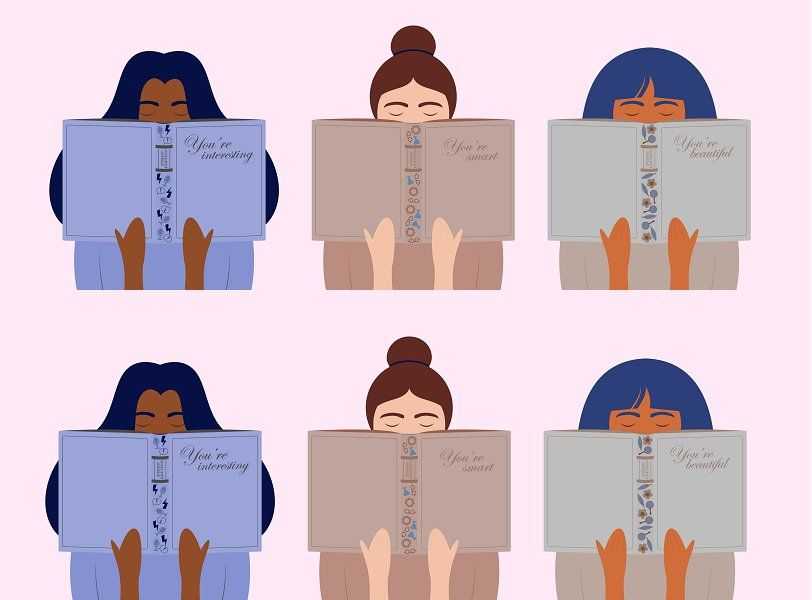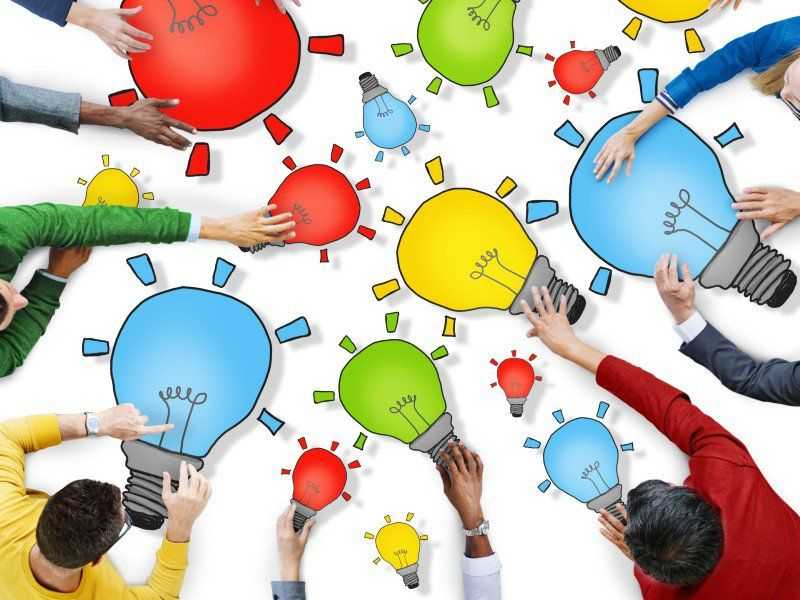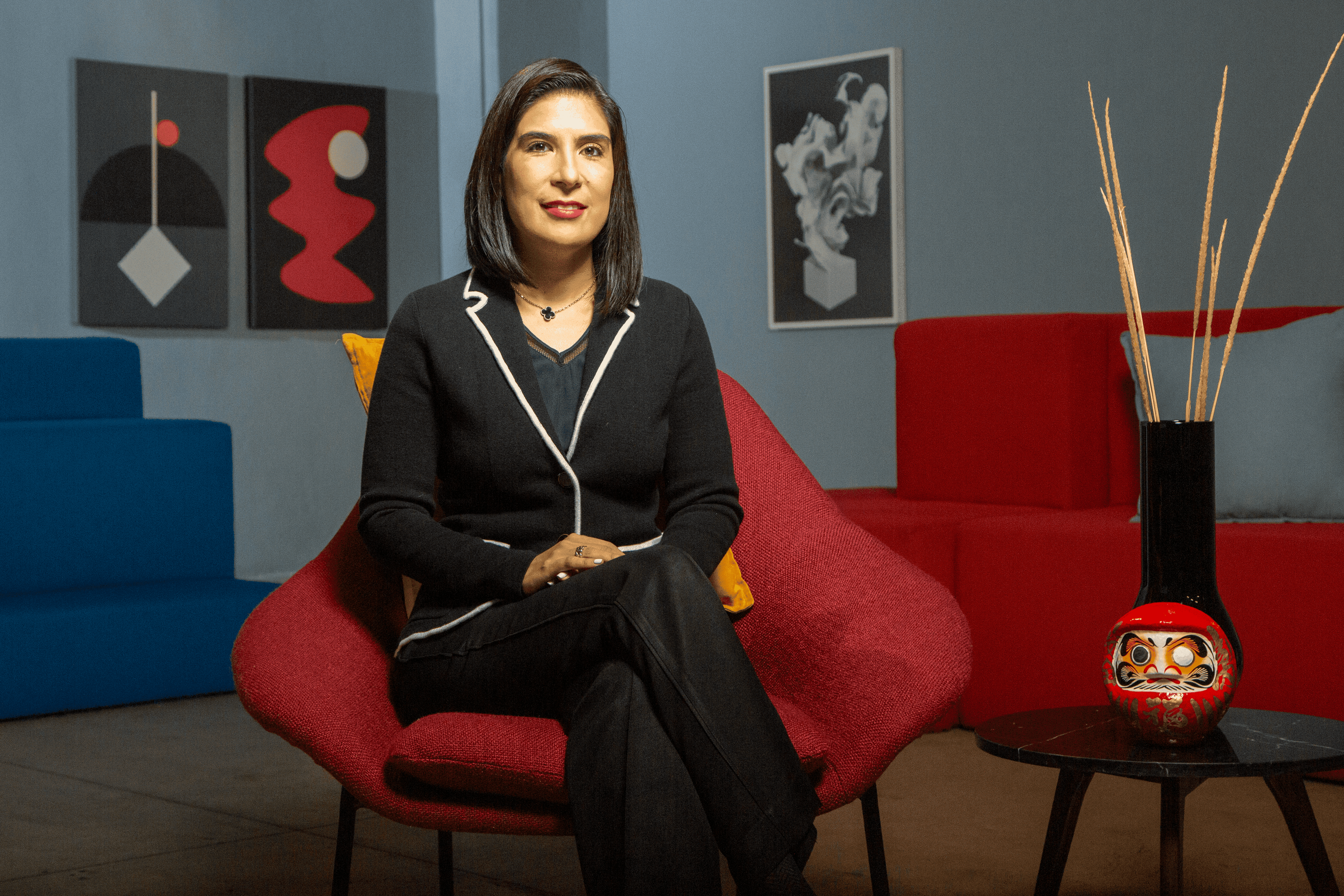The Dalia dictionary to better understand issues of gender, women, and feminism
Answer your questions about concepts such as affirmative action or transversality with this glossary from Dalia Empower.

MEXICO CITY. Although the concepts of gender equality and women's empowerment are common today in private and public conversations, the truth is that it’s not uncommon for many of them to be partially understood or even misunderstood.
For this reason, at Dalia Empower we set out to draw from sources such as UN Women, InMujeres, and our own documents to create a solid list of terms and their explanation with the intention that more people learn and reflect more on an issue that belongs to the field of human rights. human rights, human development, and economic growth.
Affirmative action
Policies such as gender quotas, laws for gender equality, and special sections for women in public transportation, are some of the affirmative actions that, according to the Gender Glossary of the National Institute for Women (Inmujeres) are temporary measures aimed at accelerating equality of gender and correcting the unequal distribution of opportunities.
Inmujeres points out that these actions originated in the United States to combat the marginalization of the Afro-descendant population, but it was necessary to extend it to other groups such as children and women.
These measures must be temporary -that is, once the unequal situation is over, they must cease to be applied-, legitimate -it must be confirmed that inequality exists- and proportional -they must not legally harm third parties.
Androcentrism
The term comes from the Greek Andros (man) and defines the masculine as the measure of all things and the global representation of humanity, hiding other realities, including that of women.
According to the Gender Glossary of Inmujeres, androcentric practices have been present in all societies in different ways, particularly those linked to sexism in the language and the epistemological biases of research, since they have direct effects on the representations of sexual difference, as well as in the interpretation of their living conditions and the inequities present between women and men.
Gender gap
According to the UN Women equality glossary, it is the disparity between men and women in the same indicator and serves to quantitatively document gender inequality.
It is usually used to measure the difference in wages that exist between men and women (gender wage gap), although the term is also used to refer to the gap in economic participation and opportunity, access to education, health and life expectancy, and political empowerment, among other indicators.
Take the Female Leadership eClass at Dalia Empower
Gender blindness
The UN Women Training Center Glossary notes that this term is applied when it is not recognized that men/boys and women/girls are assigned roles and responsibilities in specific social, cultural, economic, and political contexts and backgrounds. Projects, programs, policies, and attitudes that are gender blind do not take into account different roles and needs. They maintain the status quo and do not help transform the unequal structure of gender relations.
Cycle of violence
Have you ever wondered why the women who ended the romantic relationship with their attacker, eventually got back together with him? This is due to the cycle of violence that consists of three phases: tension, aggression, and reconciliation or honeymoon.
The gender glossary of Inmujeres indicates that the term was used for the first time in 1979 by the theoretician Leonor Walter. The concept explains that women go through different phases in violent relationships that, added to other personal, social, and economic factors, perpetuate their stay in that condition.
Domestic co-responsibility
There has been a conversation about an equitable distribution of household chores. Well, its name is domestic co-responsibility.
Inmujeres points out that it is a demand by women to make the work they do more flexible and achieve a fairer distribution of activities among all members of the family, and so managing to improve the use of their time.
Also read: Sex education in Mexico: far from pleasure and close to guilt
Sexual diversity
People have different practices, beliefs, and expressions regarding their sexuality. This is called sexual diversity, according to the glossary of Inmujeres.
From sexual diversity, compulsory heterosexuality is questioned and opens the way to the recognition of different erotic expressions, recognizing the existence of different sexual orientations:
- Heterosexual or a person who is sexually attracted to people of the opposite sex
- Homosexual or a person who is sexually attracted to people of the same sex
- Lesbian or woman who is sexually attracted to women of the same sex
- Bisexual or person who is sexually attracted to people of both sexes
- Pansexual or a person who is sexually attracted to people of both sexes and with all gender expressions
Sexual diversity also includes these different gender expressions:
- Cisgender or person who identifies with the sex assigned at birth
- Transgender or a person who does not feel identified with the sex assigned at birth and who transitions to the opposite sex. A person who was born a man but transitions to a woman is a trans woman.
Non sexist education
The gender glossary of Inmujeres defines it as an education that considers aspects of sexism and its impact on it. In non-sexist education, the appeal of androcentrism in science and language, the invisibility of women in history, the interaction between the sexes in the classroom, and the values learned are analyzed.
An education from this perspective implies the structuring of educational programs that identify and discard gender stereotypes, the use of language with a gender perspective and awareness regarding sexist behavior, as well as the use of non-sexist toys and educational legislation with a gender approach.
Empowerment of women and girls
This concept refers to women and girls having power and control over their own lives, according to the UN Women glossary. It involves raising awareness, developing self-esteem, expanding their options, increasing access to and control over resources, and actions to transform the structures and institutions that reinforce and perpetuate discrimination and gender inequality.
Unesco (United Nations Educational, Scientific and Cultural Organization) explains: "No one can empower another person: only each person can empower themselves to make decisions or express their opinion. However, institutions can support processes that promote the self-empowerment of individuals or groups”.
Also read: Active paternity: a chance to end machismo
Phallocentrism
Characteristic of societies that, symbolically and in practice, endorse the predominance of men over women based on a greater appreciation of the male sexual organ (phallus) as the center of human creation, in such a way that these societies are not only dominated by the "males (bearers of the phallus), but also as an absolute value and reference," says the gender glossary of InMujeres.
Heteronormativity
Heteronormativity is an expression used to describe or identify a social norm related to standardized heterosexual behavior when it is considered the only valid social form of behavior and whoever does not follow this social and cultural position will be at a disadvantage with respect to the rest of the society. This concept constitutes the basis of discriminatory and prejudiced arguments against the LGBT community, mainly regarding families and public expression, explains the UN Women glossary.

Esta obra está bajo una Licencia Creative Commons Atribución-NoComercial-SinDerivadas 4.0 Internacional





